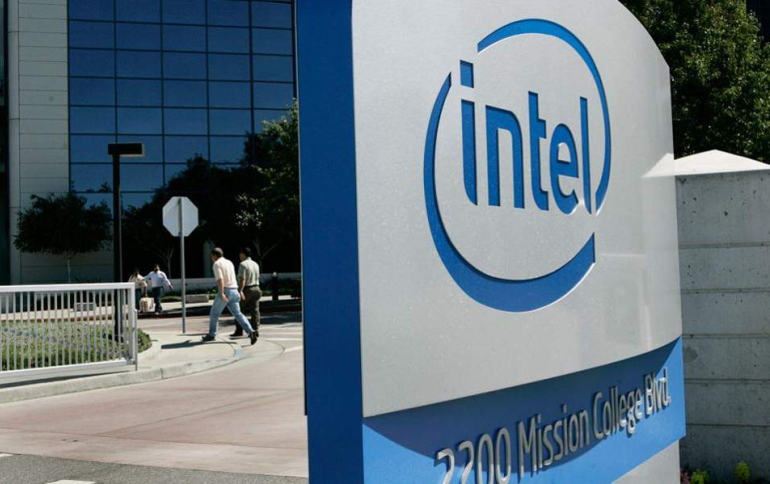
Intel Unifies and Simplifies Connectivity for IoT
Intel today announced the Intel IoT Platform, an end-to-end reference model designed to unify and simplify connectivity and security for the Internet of Things (IoT). The company also introduced integrated hardware and software products based on the new platform and new relationships with system integrators that promise to move IoT from infancy to mass deployment. The Intel IoT Platform is offering a defined, repeatable foundation for how devices will connect and deliver trusted data to the cloud. It is an end-to-end reference model and family of products from Intel and the industry. It provides a foundation for securely connecting devices, delivering trusted data to the cloud, and delivering value through analytics.
"With this platform we are continuing to expand our IoT product family beyond silicon with enhancements to our pre-integrated solutions that make IoT more accessible to solution providers," said Doug Davis, vice president and general manager, Internet of Things Group, Intel. "IoT is a rapidly growing market but faces scalability hurdles. By simplifying the development process and making it easier to deploy new solutions that address market needs, we can help accelerate innovation."
Intel announced new solutions and relationships to boost the IoT ecosystem. Accenture, Booz Allen Hamilton, Capgemini, Dell, HCL, NTT DATA, SAP, Tata Consultancy, Wipro and others are joining together with Intel to develop and deploy solutions using their building blocks on the Intel IoT Platform. These solutions will help provide a repeatable foundation for IoT and free up developers' time to focus on building solutions that address specific customer pain points.
Intel is also delivering a roadmap of integrated hardware and software products to support the Intel IoT Platform. Spanning from edge devices out to the cloud, the roadmap includes API management and service creation software, edge-to-cloud connectivity and analytics, intelligent gateways, and a full line of scalable IA processors. Security is fundamental to the roadmap with both dedicated security products and security features embedded into hardware and software products.
The new products from Intel include:
- Wind River Edge Management System provides cloud connectivity to facilitate device configuration, file transfers, data capture and rules-based data analysis and response. This pre-integrated technology stack enables quick build of industry-specific IoT solutions and integrate disparate enterprise IT systems, utilizing API management. The cloud-based middleware runs from the embedded device up through the cloud to reduce time to market and total cost of ownership.
- The latest Intel IoT Gateway will integrate the Wind River Edge Management System via an available agent so gateways can be rapidly deployed, provisioned and managed throughout the life cycle of a system to reduce costs and time to market. In addition, the gateway includes performance improvements, support for lower cost memory options and a broader selection of available communication options. Intel IoT Gateways are currently available from seven ODMs with 13 more releasing systems in early 2015.
- Intel is also expanding its cloud analytics support for IoT Developer Kits to include the Intel IoT Gateway series, in addition to Intel Galileo boards and Intel Edison Modules. Cloud analytics enables IoT application developers to detect trends and anomalies in time series at big data scale.
- McAfee, a part of Intel Security, announced Enhanced Security for Intel IoT Gateways in support of the Intel IoT Platform. This pre-validated solution adds advanced security management for gateway devices.
- Intel Security also announced that its Enhanced Privacy Identity (EPID) technology will be promoted to other silicon vendors. EPID has anonymity properties, in addition to hardware-enforced integrity, and is included in ISO and TCG standards. The EPID technology provides an on-ramp for other devices to securely connect to the Intel IoT Platform.
The Intel API and Traffic Management solution utilizes Intel Mashery solutions to enable creation of building blocks that make it easy to build new software applications. Customers of the Intel IoT Platform today have access to the Intel Mashery API management tools to create data APIs that can be shared internally, externally with partners or monetized as revenue-generating data services for customers.
After moving slowly in recent years to adapt its personal computer chips for smartphones and tablets, Intel is determined to make sure it is on the leading edge of future computing trends.





















